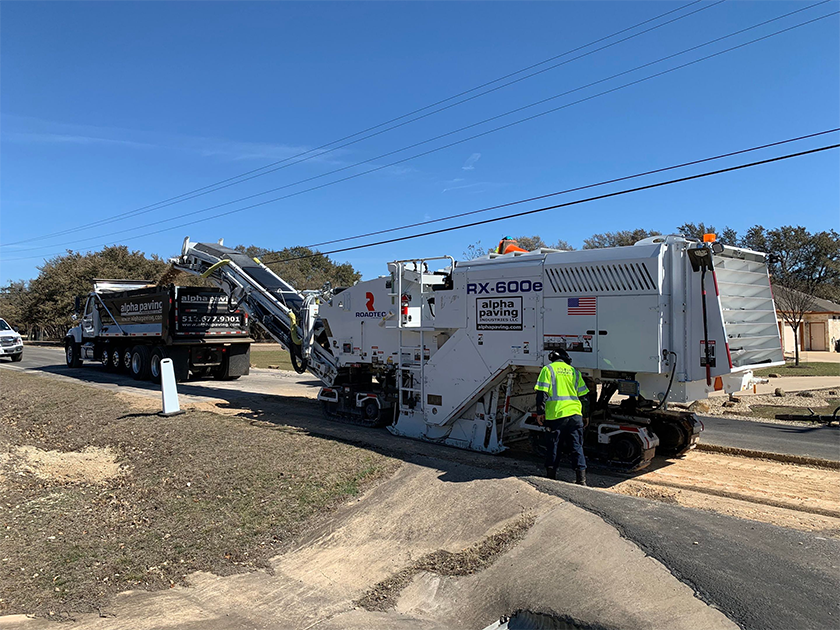Not known Facts About A1 Professional Asphalt & Sealing Llc
Not known Facts About A1 Professional Asphalt & Sealing Llc
Blog Article
Not known Facts About A1 Professional Asphalt & Sealing Llc
Table of Contents6 Easy Facts About A1 Professional Asphalt & Sealing Llc ExplainedThe A1 Professional Asphalt & Sealing Llc DiariesThe Buzz on A1 Professional Asphalt & Sealing LlcThe Ultimate Guide To A1 Professional Asphalt & Sealing LlcThe Best Strategy To Use For A1 Professional Asphalt & Sealing Llc
In its structure, asphalt consists mostly of Asphalt combined with numerous kinds of aggregate, such as sand or crushed rock. Pavement, alternatively, is a kind of concrete which contains accumulations, concrete, and water. diagonal parking vs straight parking. Relying on the location and usage of the utilized pavement product, a blend of different chemical admixtures may be added to make it more sturdy
What is the difference in between asphalt and blacktop driveways? Blacktop is a mix of stone, sand, and crushed rock topped with asphalt. Blacktop is created to produce an even surface area due to its boosted resistance to weathering and capacity to bear heavier lots. What is the difference in between asphalt concrete sidewalk and concrete? Pavement can be constructed from either asphalt or concrete, with asphalt being smoother and much more resistant as a result of its binder, while concrete hardens with the curing procedure but has a tendency to put on down in time as a result of weathering.
A1 Professional Asphalt & Sealing Llc - An Overview
Exactly how do I maintain my asphalt driveway? The most vital part of maintaining an asphalt driveway is making sure it's properly secured.
Asphalt and sidewalk are typical fixtures on roadways everywhere. Regardless of their similarities, these 2 products have some vital distinctions that make each appropriate for various scenarios.
Recognizing these differences can aid ensure a suitable choice is made when selecting a surface area service. You can review more posts similar to this one right here.
The 15-Second Trick For A1 Professional Asphalt & Sealing Llc
Recently, State freeway agencies and FHWA were surprised by an exploration: The clandestine use re-refined engine oil bottoms in asphalt prevails. Simon Hesp, Queens College (Kingston, Ontario) Asphalt is the sticky black residue that is left over from the handling of crude oil. It has been utilized in paving for more than a hundred years.

The asphalt, which functions as the pavement's binder, go to this site is also the most expensive part of the expense of the product for paving roads. The weight of an asphalt pavement differs relying on the aggregate type, the asphalt, and the air gap content. Using an average example of 112 extra pounds per square yard per inch of density, a 1-mile (1.6-kilometer)-long, four-lane highway with a 4-inch (10-centimeter) lift and 12-foot (3.6-meter)-broad lanes considers regarding 6,300 loads (5,700 statistics lots).
The 300 lots of asphalt in 2002 would have set you back around $48,000. By 2006 this would have enhanced to $96,000 and by 2012 to $183,000. That is a boost of about $135,000 for every mile of highway in just 10 years. The increasing price of asphalt had a significant effect on the cost of constructing sidewalks, which enhanced interest in finding means to minimize prices.
The Best Guide To A1 Professional Asphalt & Sealing Llc
RAP currently contains asphalt, albeit aged product that does not have the exact same homes of fresh asphalt. Throughout a corridor conversation at a 2010 technical meeting, Matt Mueller, then a State engineer of materials from Illinois, revealed that his department of transportation had actually found phosphorous in among the asphalt binders it was buying.

The supplier refuted adding PPA, but declined to expose what had actually been contributed to the binder. When pushed by the department of transport, the vendor exposed that it was including what it called an asphalt extendernow known to be re-refined engine oil bottoms (REOB). REOB includes a percentage of phosphorus, which is what department drug stores at first identified.
"Nobody understood this product was being contributed to asphalt, had seen any type of research on just how this may affect performance of hot-mix asphalt pavements, or understood for how much time and how widely it was being made use of throughout the nation," states Mueller. After conversations at the technical meeting, he says, "It rapidly went from being simply a concern in Illinois to ending up being a national and international issue." Component of the goal of the Chemistry Research Laboratory at TFHRC is to establish brand-new test methods.
The homes of asphalt binders vary widely depending on the source of the crude oil and the refining process used. For low winter temperatures, softer asphalts are necessary to avoid breaking.
A Biased View of A1 Professional Asphalt & Sealing Llc
An equipment called a dynamic shear rheometer (DSR) was presented to the market throughout the Strategic Highway Research Program's research study job, which ran from 1987 to 1992. The DSR is now the industry standard for measuring the viscoelastic residential or commercial properties of paving asphalt. However, the equipment was not developed for the paving market.
The DSR allows product designers to create tooth paste with the ideal consistency so that it can be pressed from a tube however not fall off the toothbrush. The DSR examinations binder placed between 2 identical plates about the dimension of a quarter. One of home plates moves and the maker determines the viscoelastic residential properties of the asphalt.
Report this page